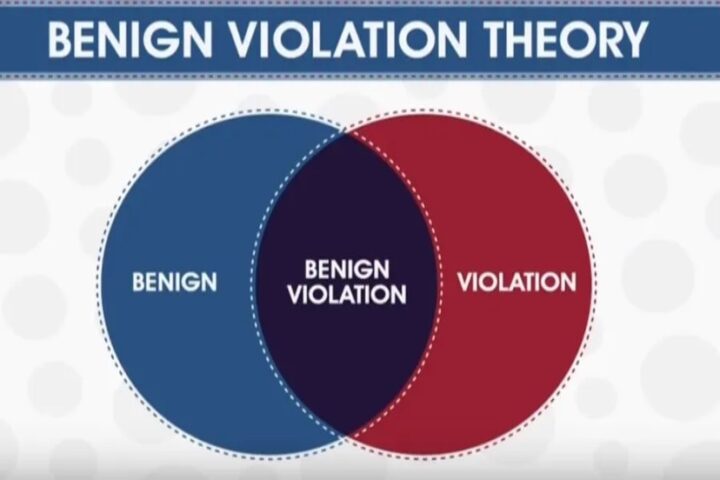When you want to make your news story seem important, you will typically insert the word “Science” into the headline. Or else the word, “Scientists”.
This is no guarantee that anyone will actually read the story, but they will at least acknowledge that you have written about something important.
If you want a guarantee that your article will be read, a better headline would be something like, “Thousands Buried Alive in California Landslide.” But that’s not always practical, because those types of disasters are relatively few and far between — while scientists are doing things everyday to earn a living, and some of those things are mildly interesting.
Political controversy also attracts readers, as do the British Royalty.
But coming from a long line of scientists as I do, I feel more comfortable with test tubes and plate tectonics. And with data — a branch of statistics often confused with reality.
Peter McGraw is a leading researcher at the Humor Research Lab at the University of Colorado, Boulder, better known as “HURL”. The scientists at HURL came up with enough data to formulate a theory about what makes people laugh, in certain situations… and why some things are not funny… or rather, why some things are not funny to certain uptight assholes.
The Boulder researchers produced a Venn diagram to illustrate their scientific conclusion.

A Venn diagram is not, in and of itself, funny. As we may have noticed. The diagram above is about as far from being funny as Marjorie Taylor Green. (That’s the best comparison I could think of, on the spur of the moment.)
Obviously, this Venn diagram was drawn by a scientist, not a comedian. But it illustrates something funny that the scientists created a theory about.
We humans are constantly violating one another’s values, or physical space, or self-worth, or expectations, more or less successfully. The researchers at HURL were most interested in the violations that are relatively harmless. The violation could be moral (for example, publishing scientific data that you know to be wildly inaccurate) or social (saying something rude about your mother-in-law) or linguistic (“To the guy who invented zero, thanks for nothing.”)
It can be physical. Like kittens falling out of a tree.
The event can be ‘benign’, without being a violation. Thus, not funny. But if it’s a both violation and relatively benign, then we might be prone to laugh at it.
A pie in the face, for example, is relatively harmless, especially if it’s someone else’s face, and especially if they deserved it. Or, say, in the face of an actor in a movie. Or a hundred actors.
Distance can be important, according to HURL. Seeing a pie thrown in your wife’s face might not be funny, for example.
But it might be funny with a bit of distance, like if she was your ex-wife.
In 2001, a British psychologist named Richard Wiseman ran an experiment to try find the world’s funniest joke, across various languages and cultures. He built a website called Laugh Lab, and invited the public to submit their favorite jokes — and he also invited people to vote on their favorite. After 40,000 submitted jokes and about 1 million ratings, here’s the “world’s funniest joke”:
Two hunters are out in the woods when one of them collapses. He doesn’t seem to be breathing and his eyes are glazed.
The other guy whips out his phone and calls 911.
He gasps, “My friend is dead! What can I do?”
The 911 operator says, “Calm down. I can help. First, let’s make sure he’s dead.”
There is a silence on the line; then a gun shot is heard. Back on the phone, the guy says, “OK, now what?”
Underrated writer Louis Cannon grew up in the vast American West, although his ex-wife, given the slightest opportunity, will deny that he ever grew up at all. You can read more stories on his Substack account.

